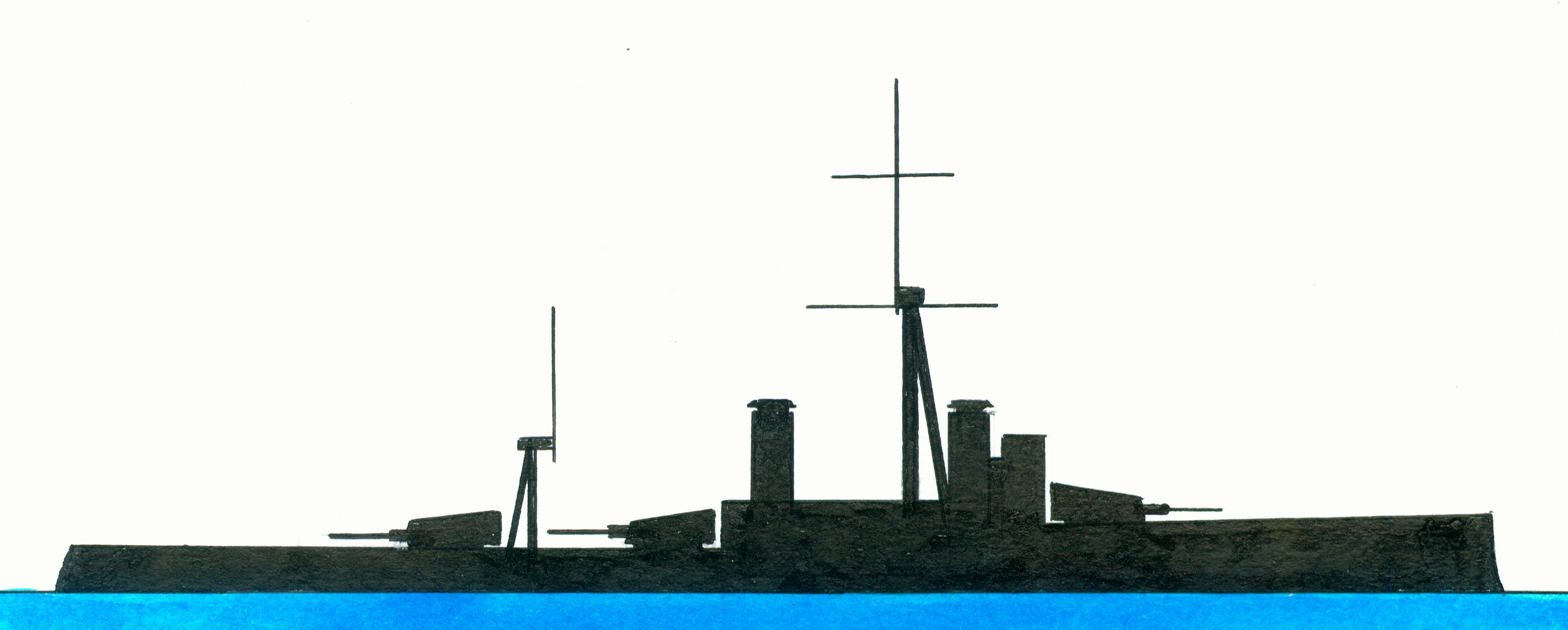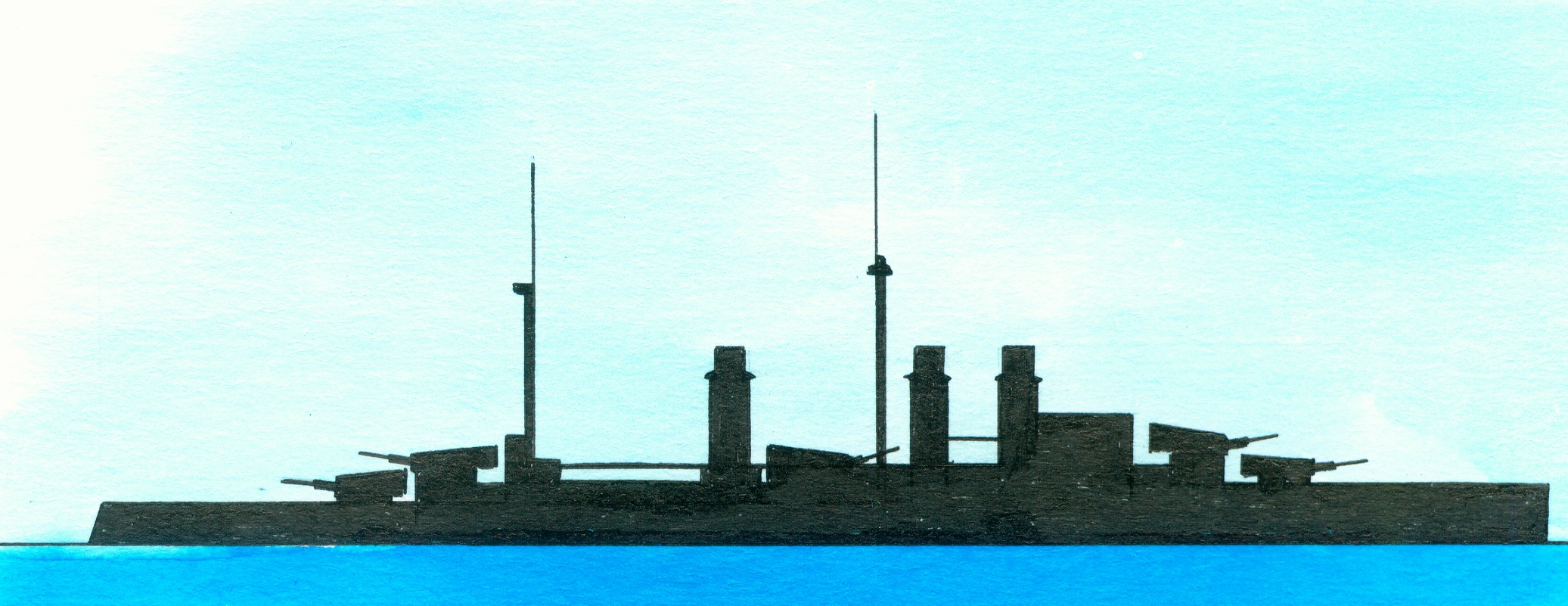HMS Dreadnought. Displacement 18.400 tons and a main armament of 5x2-30,5cm/12” guns.
British Bellerophon-class dreadnoughts.
Displacement 18.800 tons and a main armament of 5x2-30,5cm/12” guns.
British St. Vincent-class dreadnoughts.
Displacement 19.560 tons and a main armament of 5x2-30,5cm/12” guns.
British dreadnought HMS Neptune.
Displacement 19.680 tons and a main armament of 5x2-30,5cm/12” guns.
British Coloussus-class dreadnoughts.
Displacement 20.225 tons and a main armament of 5x2-30,5cm/12” guns.
British Orion-class dreadnoughts.
Displacement 22.000 tons and a main armament of 5x2-30,5cm/12” guns.
French Courbet-class dreadnoughts.
Displacement “23.475 (standard) tonnes and a main armament of 6x2-30,5cm/12” guns.
German Nassau-clas dreadnoughts.
Displacement 18.873 (design)-21.000 (full load) tons and a main armament of 6x2-28cm/11” guns
An item dated London, England 5th stated the British deputy secretary of navy of navy E. Robertson (1) in the House of Commons that the admiralty was a supporter of a two power armament principle, namely for battleships the Dreadnought-design and for armoured cruisers the Invincible-design. In the summer of 1909 were 6 battleships and 3 armoured cruisers available, French and Germany however none. In 1910 would England have 9 battleships (2) and 3 armoured cruisers, France (3) 2 battleships and Germany (4) 4 battleships and 2 armoured cruisers.
Notes
1. Edmund Robertson, 1st Baron Lochee (28 October 1845-13 September 1911), parliamentary and financial secretary to the Admiralty 1982-1895 and 12 December 1905-12 April 1908. Liberal politician, barrister and academic.
2. Since the HMS Dreadnought (1905), were several dreadnought battleships built such as the Bellerophon-class consisting of the Bellerophon (1906), Superb (1907) and Temeraire, the Saint Vincent-class consisting of the St. Vincent (1907), Collingwood (1907) and Vanguard (1908), the Neptune (1909), the Colussus-class consisting of the Colossus (1909) and Hercules and the Orion-class consisting of the Orion (1909), Monarch (1910). Conqueror (1910) and Thunderer (1910. Data between brackets are year of laid down.
3. The first French dreadnoughts were the 23,475 (standard)-25.579 (full load) tons Courbet-class consisting of the Courbet (1910), France (1911), Jean Bart (1910) and Paris (1911), succeeded by the semi-dreadnought Danton-class consisting of the Danton, Voltaire, Diderot, Condorcet, Mirabeau and Vergniaud with a displacement of 18.318 (normal)-19.663 (full load) tons to succeed the Liberté-class and of which the building started in 1907.
4. The first German dreadnoughts were those of the Nassau-class consisting of the Nassau (1907), Westfalen (1907), Rheinland (1907) and Posen (1907) with a displacement of 18.873 (design)-20.535-21.000 (full load) tons.








